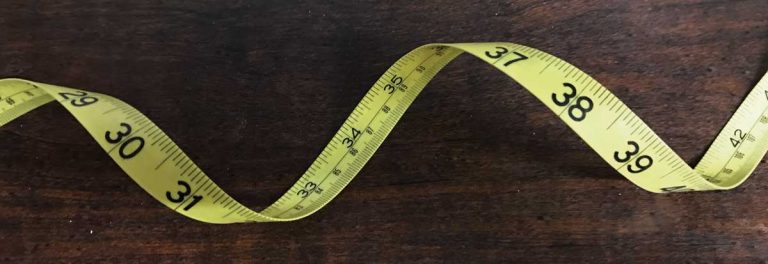How to Add Feet and Inch Fractions

Often when taking measurements, you’ll need to add two measurements together, which might be
difficult if the measurements you have are in a mixture of feet, inches, or fractions of inches.
While this may seem intimidating, you can add feet and inch fractions in a few simple steps.
Keep reading below or watch our video explaining the process to learn how to add these
measurements correctly.
Step One: Convert to a Common Unit of Measurement
If the area you are measuring isn’t a whole number of feet, and is a mixture of feet and inches,
they will need to be converted to the same measurement. The first step is to find some common
ground among your measurements.
For example, if you are measuring a wall, you may have sections that are in feet followed by
small bump out areas that may be measured in inches. In order to add up all the measurements,
they need to be the same.
Because all feet can be converted into 12 inches, but not all inch measurements can be easily
converted into feet, it makes the most sense to use inches. Convert all feet measurements into
inches, so they can easily be added together.
For measurements in feet, convert to inches by multiplying feet by 12.
For measurements in feet and inches, split them apart into feet and inches first, then convert
the feet to inches, and then add that to the inches portion of the measurement.
Step Two: Convert Inch Fractions to a Common Denominator
If your measurement contains inches with fractions, the next step is to transform all the inch
fractions in the equation into the same format so the denominators, or the bottom numbers, are
all the same. This step is necessary to add or subtract unlike fractions.
For example, if you are measuring a space that is 24-1/4 inches and another space that is 36-1/8
inches, you will need to convert the two fractions into the same format so they can be added.
For measurements without inch fractions, or if all the fractions have the same denominator, you
can move on to the next step.
To update fractions to all have a common denominator, start by finding the largest denominator
of all the fractions. Then, for each remaining fraction, divide the denominator by the larger
denominator to find the multiplier. The final step will be to multiply both the numerator, or
top number, and the denominator by this multiplier to create an equal fraction.
Step Three: Add or Subtract Inch Fraction Numerators
The next step is to add all those inch fractions together, which you’ll need to do before adding
the whole inch measurements together. To add the fractions, add the numerators of the inch
fraction measurements together.
Finally, put the sum of the numerators over the common denominator.
The process for subtraction is the same as the process for addition; subtract the numerators
from each other. If the fraction is negative, you may need to subtract it from the whole inches
sum or difference in the next step.
Of course, you can always use our inch fractions calculator to add inch fractions with different denominators.
Step Four: Add or Subtract Whole Inches
that you’ve consolidated all of the fractions into one, it’s time to add the whole inches together. This step is pretty straightforward, add or subtract the whole inch measurements from each other.
Step Five: Convert the Inches to Feet and Inches
At this point, you’re nearly complete, and it’s time to convert the sum or difference in whole
inches into feet and inches. To start, divide the whole inches from the previous step by 12.
This might result in a decimal number, where the number to the left of the decimal point is the
feet measurement.
Step Six: Reduce the Inch Fraction
You made it to the final step, great job! Now it’s time to reduce the remaining fraction to the smallest possible fraction. If the numerator of the inch fraction is odd, then it cannot be reduced, you’re done!